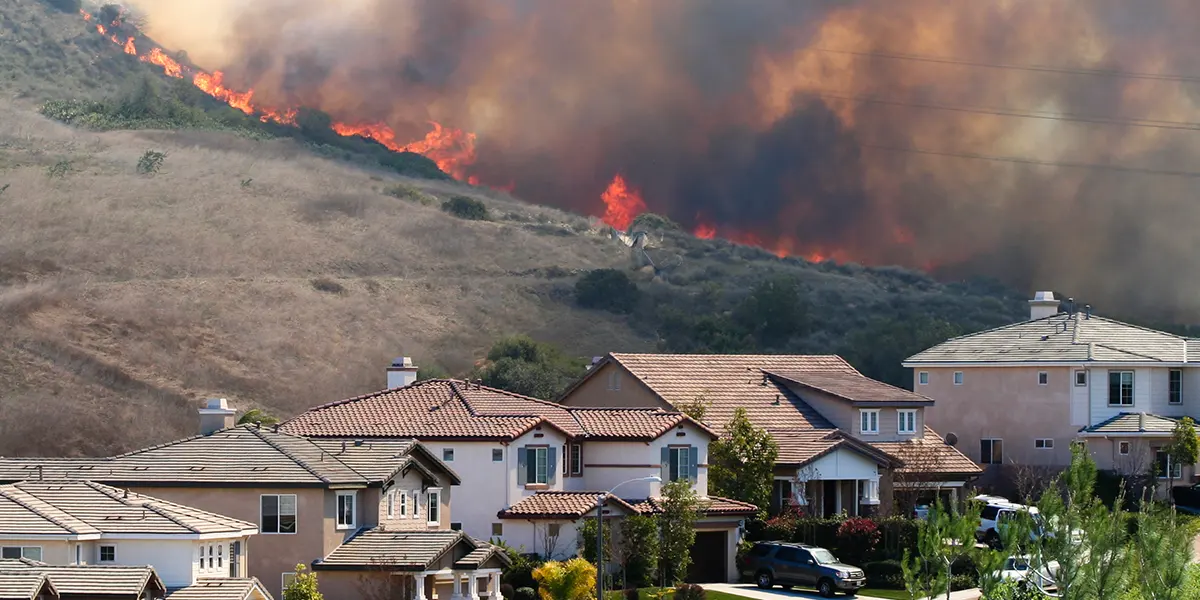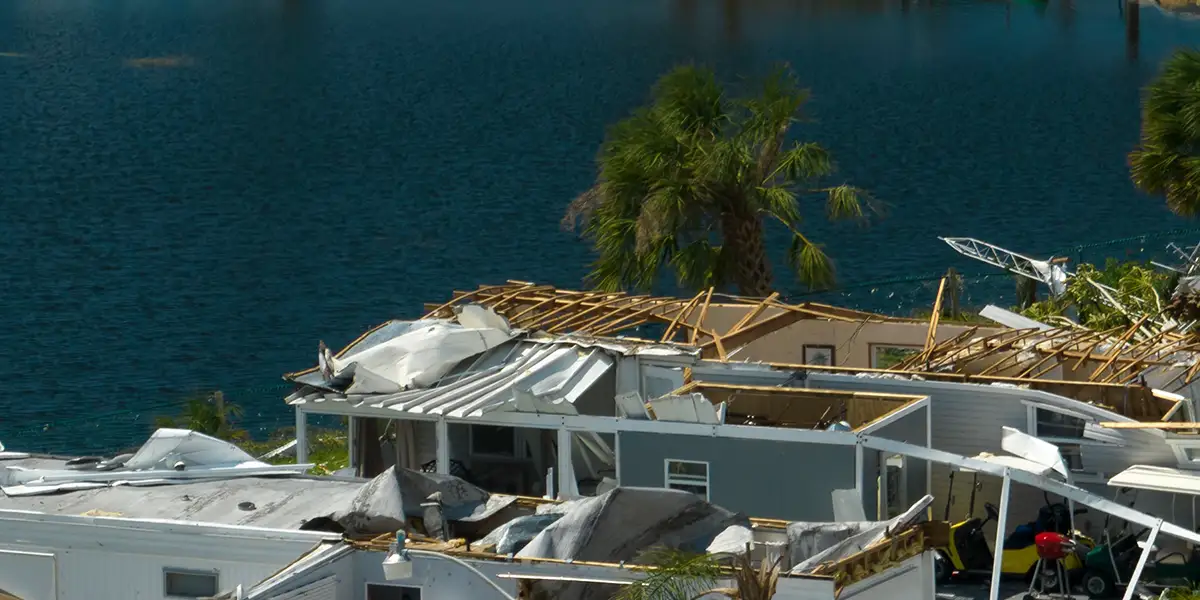As the first-ever Bank of England Climate Biennial Exploratory Scenario (CBES) results are hot off the press, many firms are taking a pause to rethink how they’ve dealt with SS3/19 so far and what they need to do next.
The CBES assessment aims to understand the exposure of both banks and insurers to the impacts of climate change under various pathways spanning 30 years. Since the CBES findings will inform the PRA’s supervisory policy and approach, several data and approach gaps have become visible across both the banking and insurance sectors. These will have a knock-on impact on ICAAP and ORSA in the coming months and set the bar for IFRS9 and capital modelling standards in the industry.
1. Risk library – avoid blind spots
Whilst true that half of projected UK 30-year stressed losses are due to inland flooding, the other half is driven by coastal flooding/sea-level rise, subsidence and wind damage. The PRA will want an all-rounded analysis of perils impacting respective countries – and so should you. Focussing on inland flood alone won’t be sufficient as it’s just, literally, half of the story.
2. Misuse of climate models and data can heavily undercook the losses
The PRA used the 'stylised scenarios' in this exercise - they provided an illustration of possible variables from several different climate projections. Lack of understanding of the complexities of modelling physical impacts (for example, extreme rainfall can cause flooding but without a knowing where the water ends up pooling you won't know where is flooded) combined with using climate risk data from fragmented data sources resulted in some firms under-calibrating losses compared to prescribed benchmarks up to four times. Only using an integrated approach for both climate and hazard models allows for a standardised risk quantification across portfolios.
3. Corporate modelling is complex
Modelling how climate risks could lead to business disruption, something we’re presently testing with our clients, turned out to be a huge challenge. Firms are struggling to map the complex network of exposures belonging to individual counterparties to accurately assess their physical risk exposures. This was further compounded by their still-developing transition risk capacity - combining carbon emission-adjusted macroeconomic impacts 30 years into the future with micro/sectoral transition costs is complex.
4. You really need high resolution data
Accuracy to at least street-level resolution remains a crucial requirement. Approximately 45% of the mortgage impairments in the no additional action scenario are concentrated in just 10% of the 4-digit postcode areas analysed. This aligns with data from our own platform, Spectra, especially when accounting for the complete risk library (see point 1).
Originations/new underwriting decisions should utilise true asset-level assessments in the near future. Clients in the insurance sector are already gearing up towards that.
5. Mapping EPC ratings UK-wide with machine learning
Property linked EPC data has been requested by multiple clients. EPC data for the UK has coverage gaps of up to 40% in the UK, and ‘expert judgement’ adjustments are not going to be the best way to address the problem. At Climate X, we’ve used elements of geo-coding and machine learning to feed into vulnerabilities, such as premise use, age, wall type, and fill that 40% gap in a more robust way.
6. Transparency and education on the modelling process is a must
Our clients have struggled to understand the processes, limitations and assumptions of models and climate risk data provided by legacy data providers. Understanding the data is further complicated by legacy data providers and their delivery partners having fragmented supply chains (often assembling data from various third parties), where with each new party involved in the process, the much-needed know-how and domain expertise is diluted or lost entirely.
7. Firms are using a range of modelling practices
The CBES findings highlighted large discrepancies in how firms are approaching climate risk modelling. As a data provider, it becomes paramount that we don’t stop at providing raw data but also come up with a recipe for how to integrate climate risk into a client’s infrastructure.
For more challenging implementations, we’ve partnered with Deloitte, who see a cross-section of modelling techniques in this space suitable for different sizes of balance sheets.
8. Capital requirements are coming soon – watch this space
The 2021 CBES wasn’t designed to inform capital requirements, but firms should expect an announcement about this by year-end. The PRA and the Bank of England are undertaking further analysis to determine whether changes need to be made to the design, use, or calibration of the regulatory capital frameworks.
9. Firms should set budgets aside to strengthen investments in climate capabilities
We couldn’t have said it better: "In order to produce better estimates of climate risks in their portfolios, banks and insurers will need to prioritise investment in their climate risk assessment capabilities, both by focusing on their internal modelling and data capabilities".
10. Much to learn and even more to build
Embedding climate risk into the financial services eco-system is in its infancy. The CBES exercise was designed to develop the capabilities of both the regulator and the participants. Just like with Basel I, II, III and then IFRS9, both sides have a long way ahead to get things right! Climate X is here to help you by providing the data and analytics you need to navigate that journey with confidence.
Next steps
If you read this far, feel free to get in touch to discuss any of your physical/transition risk data needs.





